With a 5 month old baby at home, I have been trying to restrict my wild encounter sojourns to short ones, especially as I have some longer trips coming up and a particularly lengthy one at the end of the year.
Hence I recently made a 4-day trip to Kenya. Yes, this seems a ridiculously short period after journeying for so long. However, although the flight is long (13 hours), it is direct, and once in Kenya I was able to accomplish a surprising amount photographically. This was one of the rare Kenya trips where I did not venture to the Masai Mara. Instead, I headed north to the Lake Turkana area and then south to Lake Natron, two destinations that I have come to love over the years.
To get to Lake Turkana I used my trusted pilot, Christian. After an hour of flying north, we landed at a remote and seldomly used airstrip, where we removed the doors on one side of the aircraft. From there, we made the short hop to magical Lake Logipi, located just south of Lake Turkana. I have photographed this seasonal, soda lake from the air on several occasions and it never fails to thrill. Conditions are always different because of varying water levels, although even when full, the water is rarely more than a few feet deep. Where there is water, there are inevitably throngs of Lesser Flamingos. After unusually heavy rains in the area in May last year, the entire lake filled with water and when I photographed it at the end of October, most of the lake was full. Three months later and water levels have declined dramatically. Day time temperatures on the lake are in the 40s c so it is not surprising that evaporation rates are high. The lake is fed by the Seguta River but it too is seasonal and usually stops flowing in the dry months.
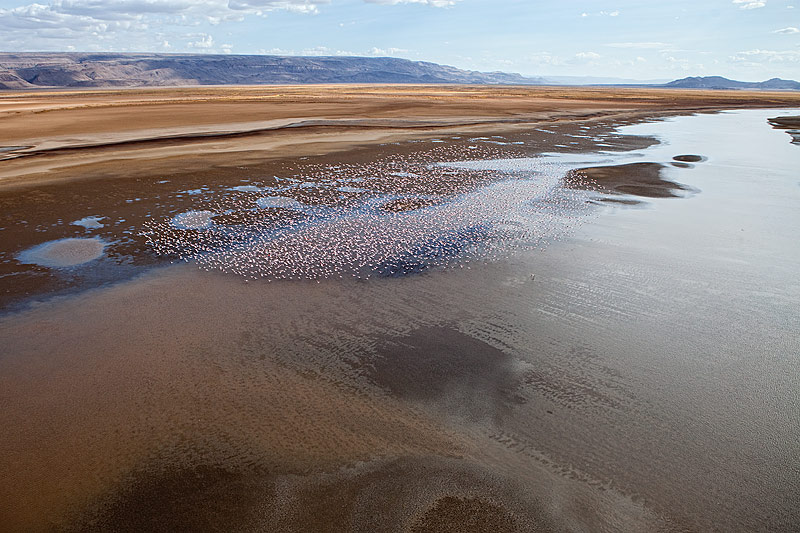
Large flock of Lesser Flamingos flying over the edge of shallow water lake (aerial shot), Lake Logipi, Kenya
Soft layers of silt of different hues of brown lie below the shallow water. Below the silt sits a layer of gooey, black mud. The Flamingos’ feet penetrate the silt and when they run through the water to take flight, they leave black trails within the brown silt. The combination of the white and crimson coloured Flamingos, the black mud trails, the differing shades of brown silt and the cloud reflections mirrored on the lack surface create an amazing kaleidoscope of colours when seen from the air. Depending on the angle of the sun relative to both the aircraft and the lake, the browns often transition into greens, blues and yellows.
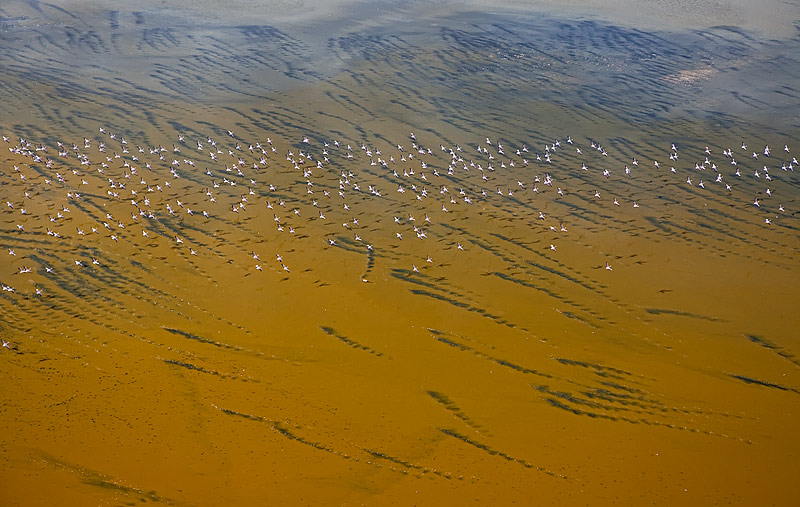
Lesser Flamingos flying over shallow water with black silt trails visible, (aerial-shot), Lake Logipi, Kenya
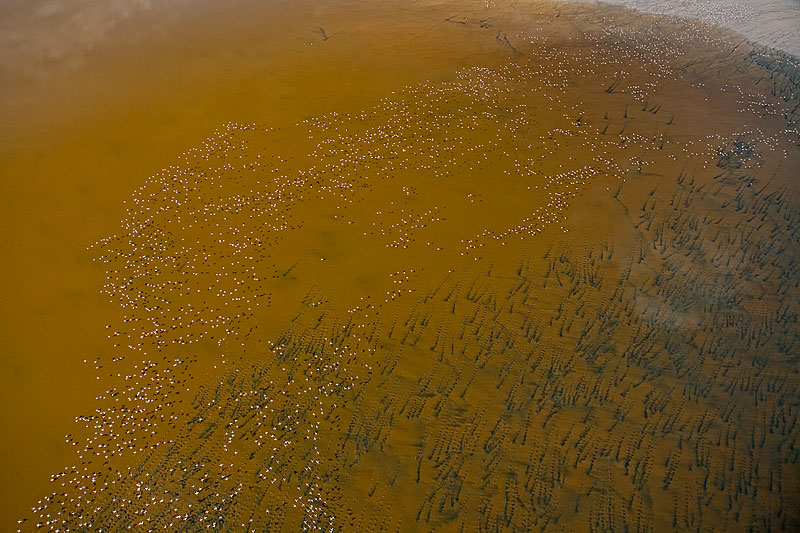
Lesser Flamingos flying over shallow water with black silt trails visible, aerial shot, Lake Logipi, Kenya
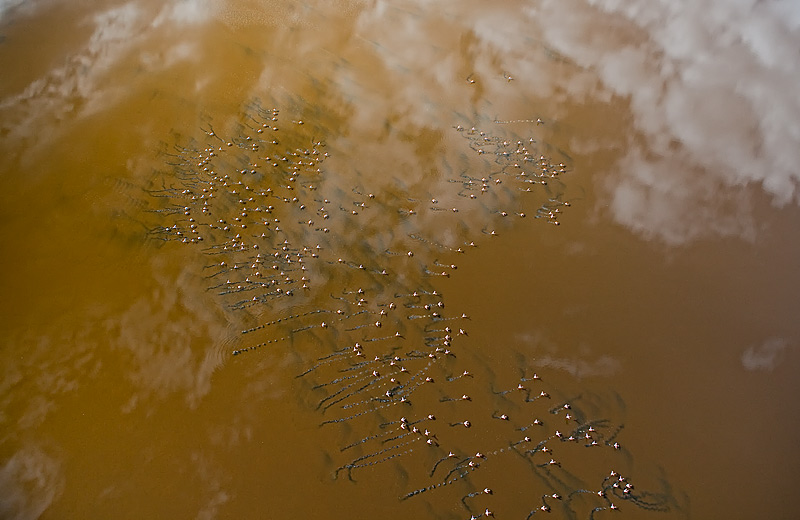
Lesser Flamingos taking off from the shallow lake water with silt trails and cloud reflections visible, (aerial shot), Lake Logipi, Kenya
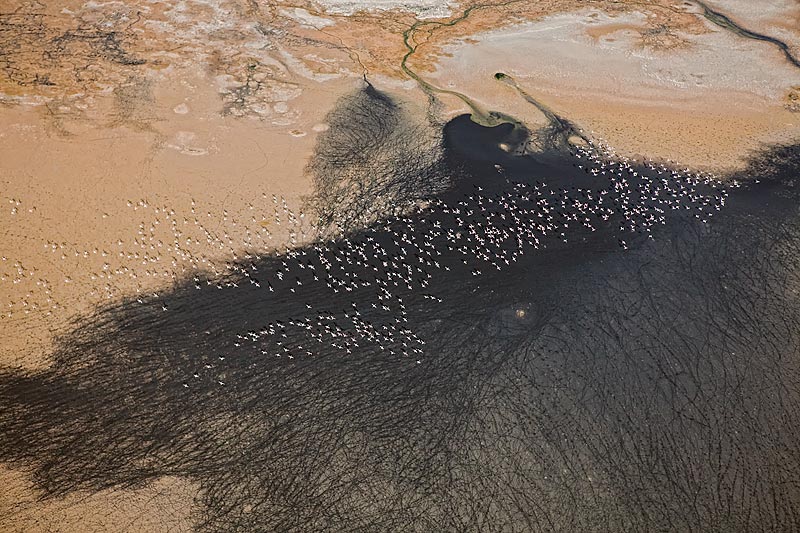
Lesser Flamingos flying over shallow water with black silt trails visible (aerial shot), Lake Logipi, Kenya
A word on aerial photography. I always use two camera bodies with two lenses. On one body I use either a 16-35mm lens or more preferably a 24-70mm lens. On the other I attach a 70-200mm lens. Both bodies with attached lenses are draped around my neck via camera straps. I find with this set up that I can rapidly switch between each rig. On no account should you use lens hoods. If the lens protrudes even a few centimetres out the door, it will be whipped back by the gale force wind rushing past the plane’s fuselage. The most important point is that you need a consistently high shutter speed. The aircraft is constantly bouncing around and it is rare that you can keep your camera body and lens completely still. The good news is that given the distance from the lens to the ground, depth of field is not an issue so an f stop in the order of f4 or even wider will suffice. The large aperture together with a relatively high ISO (400-500), should ensure that your shutter speed is well over 1/1,000 sec. That said, expect to have a large number of unsharp images due to aircraft turbulence. The closer the plane is to the ground, the greater the apparent speed of the plane and the lower one’s chances are of making sharp images. As a result, it is advisable that the pilot maintains a reasonably high altitude. In addition, this will result in less disturbance to the wildlife on the ground. The noise from a light aircraft, even at 1,000 ft+ is usually enough to spook birds. Both Christian and I are mindful of not spending too long over a particular area in order to avoid excessive disturbance to the bird life.
Then there is the small matter of cost – aerial photography is not cheap and consequently, this is also a limiting factor on the amount of time spent in the air.
Getting correctly exposed images is the other headache. Firstly, the direction of light is constantly changing because of the movement of the plane relative to the sun although this is less of an issue on overcast days. At Logipi though, overcast days are rare. Secondly, you need to consider the size and tonality of your subject relative to the tonality of your background. Because of the constant movement of the plane you have a very small window of opportunity to frame a given image and hence also a very short duration to dial-in correct compensation. Lesser Flamingos in particular are a nightmare when photographed from the air and with medium tone or darker tone backgrounds one usually needs large amounts of underexposure to avoid blowing the whites. However, in order to save the whites, sometimes you need as much as 3 stops of –ve compensation (or more) which will render the background as black or near black. Given that the background is often the main attraction, I am regularly left with a dilemma. Often I try to settle for a little overexposure on the Flamingos with the hope that I can recover most of the blown whites in the Raw software.
One last pointer is to avoid getting completely wrapped up in the technical aspects of the photography and to try and enjoy the moment. Aerial photography is exhilarating and in place like Lake Logipi and Lake Natron it is beyond exhilarating. Try flying over thousands of flying Flamingos and I guarantee it will get the hairs on the back of your neck standing rigid.
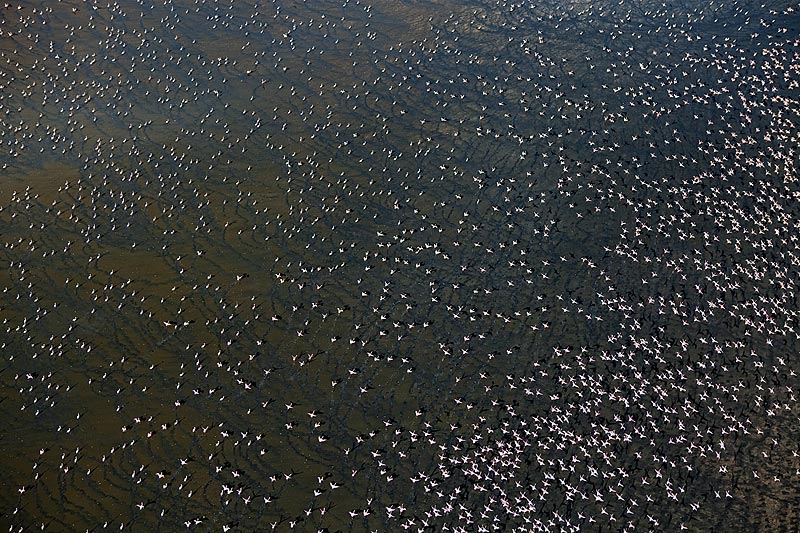
Aerial shot of hundreds of Lesser Flamingos standing in and flying over the shallow waters of Lake Logipi, Kenya
After 45 minutes over Logipi, we headed up the left bank of Lake Turkana flying over the Loriu Plateau. At first we crossed over a series of barren hills with the lake in the background.
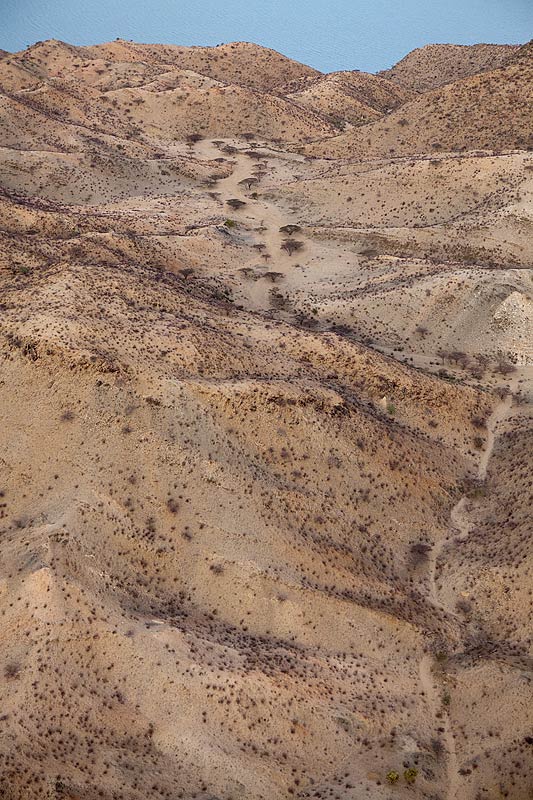
Dry river bed dotted with Acacia trees surrounded by barren hills with lake water in the background, Loriu Plateau, S.W Lake Turkana, Kenya
After the hills we flew over a semi-desert landscape punctuated by date palms and scrub. Despite the harshness of the terrain, the area is home to large numbers of the local Turkana tribe.
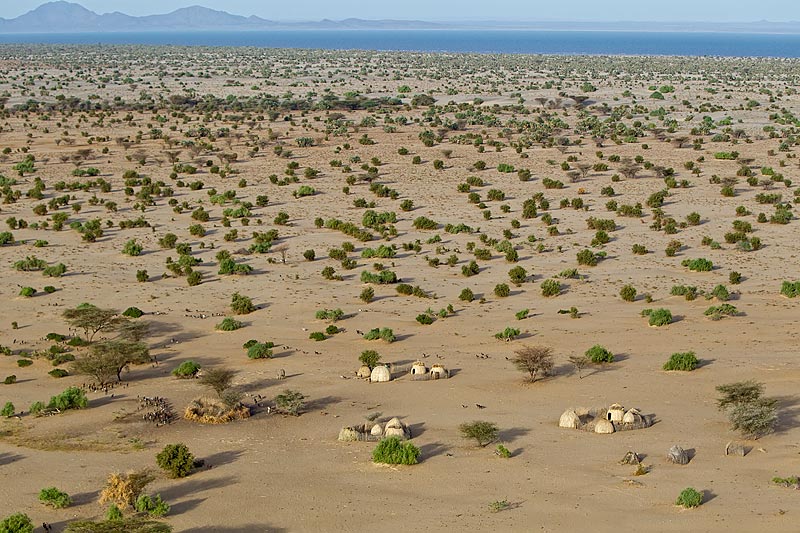
Aerial view of Turkana tribe dwellings inland from the central, western shore of Lake Turkana, Kenya
There are also a surprising number of wild camels in the region.
As is the case in even some of the remotest corners of Africa, as soon as our plane touched down, several local tribeswomen appeared seemingly out of nowhere to gawk at our plane and as usual to see if there were any handouts on offer. I’m always amazed at how immaculately dressed the tribeswomen are in Africa despite living in inhospitable environments (to westerners anyway) and subsisting barely above the poverty line.
After an overnight stay at a surprisingly comfortable “resort” on the edge of the lake – somewhat counterbalanced by barely edible food – I took an early morning walk along the edge of the lake where I encountered this group of young Turkana goat herders who agreed to pose for a picture in exchange for three Polaroid photos (a Polaroid camera is a wonderful addition to any trip to Africa’s remoter regions and can open a surprising number of doors as well as winning over initially hostile locals).
Following a quick lunch of some sort of famine-starved fowl (I think chicken, but hard to be sure), I loaded my camera equipment onto a small outboard-engine powered, fibreglass boat for the two hour boat ride to my main destination – Central Island, in the middle of Lake Turkana.
I had made a very brief recce of the island in late October and was told that on occasion, large numbers of Lesser Flamingos take up residence for a few weeks on one of the island’s three emerald green, crater lakes. Since October, a local guide had been keeping me apprised of Flamingo movements in the crater lakes. When I was told in December that several hundred were now residing on the lake, I made the decision to come back. While I had few expectations photographically, I was attracted by the knowledge that very few photographers have ever photographed on this lake. Still fewer (if any) have camped on the island.
As I was to find out, there are some good reasons against any prolonged stay. First there is the heat. With day time temperatures in the high 40s c and shade at a premium, I felt like I was in survival mode during my entire stay. Despite the largely desert like conditions of the entire Lake Turkana area, the humidity on the island is also surprisingly high. The combination of extreme heat and humidity made for no small measure of discomfort. In the middle of the day I would lie in my tent feeling like a piece of candy left out in the sun – a sticky, melting blob. I was very careful to ensure that we had plenty of bottled water and I probably consumed close to a litre every hour, most of which I mixed with rehydrating salts.
My big error was to come without any mosquito repellent. Shortly after we set up camp on the island’s volcanic ash beach, I was alarmed to look down at my bare legs to find 50+ mosquitoes dining out on my blood. Early every morning and late every afternoon, huge swarms of these blood suckers would descend on our camp site. They would then follow me up to the crater rim and down to the crater lake, relentlessly probing for any bare skin. Despite the heat, I was forced to cover my bare skin to avoid being bitten to pieces.
Every night, hurricane force winds would get up, blowing the loose volcanic ash on the beach in snow drift proportions into my tent. I tried covering the tent with a tarpaulin but the strength of the winds was such that no matter how securely it was fastened, it quickly became loose. As you can imagine, any sustained period of sleep was near impossible. I ended up sleeping with a towel over my face to avoid an otherwise constant inhalation of fine ash particles.
Then there was the issue of food. The “cook” at the resort had clearly erred on the conservative side when packing for our two day trip: a few cups of rice, some small, rancid fish and a block of cement-like bread. Fortunately, I had bought two packs of freeze dried, spaghetti bolognese – although this had to be shared with my guide and our boatman. By adding rice, we stretched this out to last us four meals.
However, if you want to photograph in truly wild places, these are the hardships that must be tolerated. And when I made the arduous 15 minute climb to the top of the crater rim for the first time to find several hundred Flamingos flying around the crater walls, I knew that any short term suffering would be worthwhile.
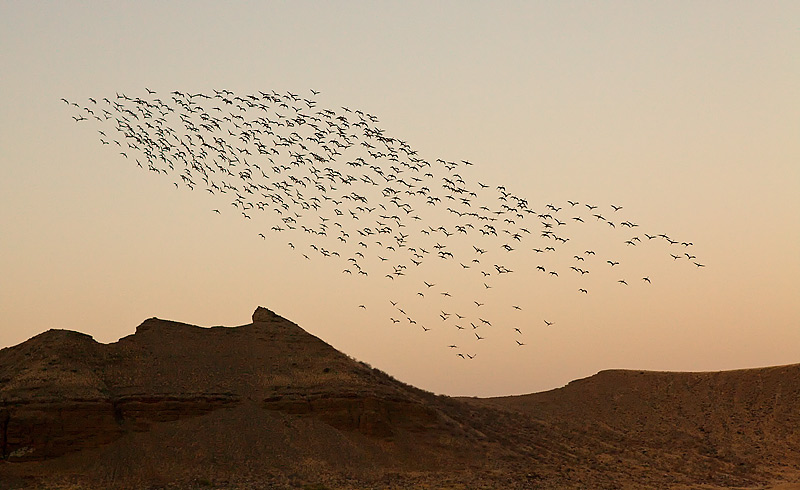
Lesser Flamingos flying over crater walls at dusk, Flamingo Crater Lake, Central Island, Lake Turkana, Kenya
It is hard these days to be alone anywhere in the world photographing wildlife. I have just returned from Eastern Hokkaido in Japan, one of my favourite wildlife destinations with boundless photographic opportunities. However, it is rare that you will ever be on your own and often you will find yourself photographing along side huge numbers of long lens totting photographers. For me anyway, this diminishes somewhat the overall experience. While the photographic opportunities on Central Island cannot compare with Hokkaido in winter, knowing that it is just you, the birds, the wind and the dramatic backdrop of the crater walls (ok…and the mosquitoes) somehow elevates the experience.
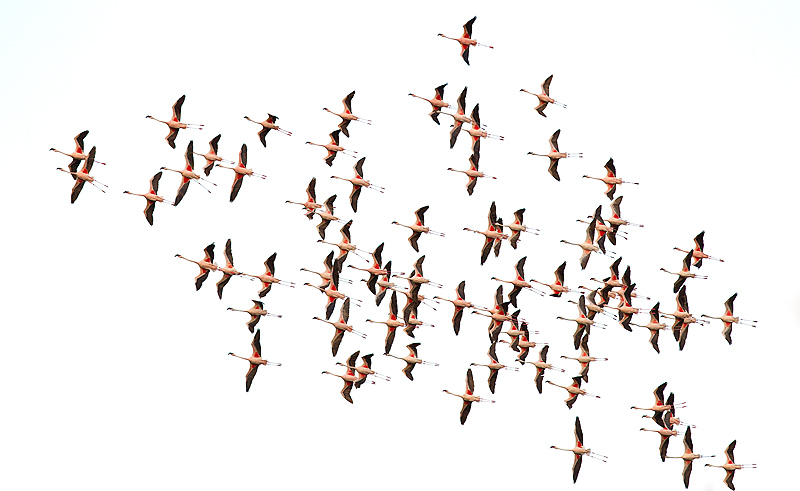
Lesser Flamingos soaring against white sky, Flamingo Crater Lake, Central Island, Lake Turkana, Kenya
Unlike the Flamingos at places like Lakes Nakuru and Bogoria, the Flamingos in Flamingo Crater Lake of Central Island are incredibly shy. Despite my best efforts, I could not get within a few hundred meters of the main group before they would start to move away. As a consequence, my photographic opportunities over the next day and a half were restricted to flying shots and of a few individuals that I managed to get sufficiently close to.
Immature Lesser Flamingo standing in lake water, Flamingo Crater Lake, Central Island, Lake Turkana, Kenya
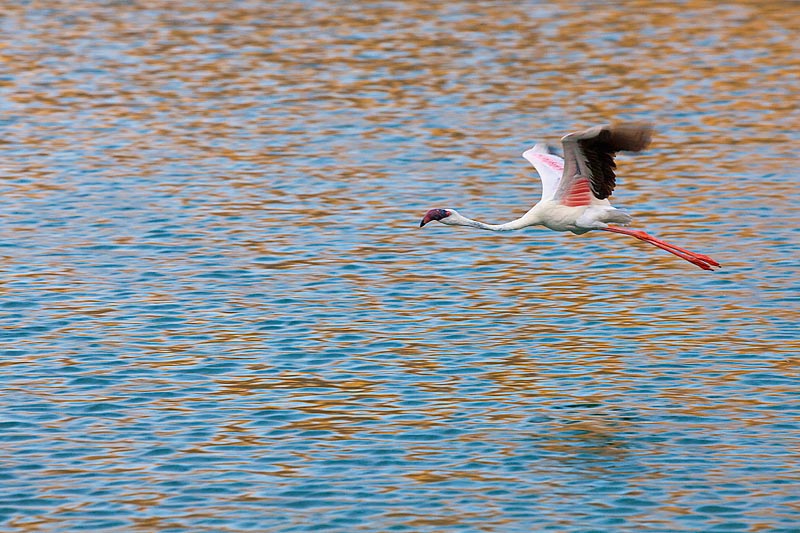
Lesser Flamingo flying over sunset tinged golden water, Flamingo Crater Lake, Central Island, Lake Turkana, Kenya
If I had had more time I am sure I would have been a little more imaginative with my photography but as is often the case when one visits a destination for the first time, I subconsciously restricted myself largely to what I term “safe” shots. Still, I did know that I was particularly keen to photograph the Flamingos flying along some of the dramatic sections of the crater walls in the late afternoon light.
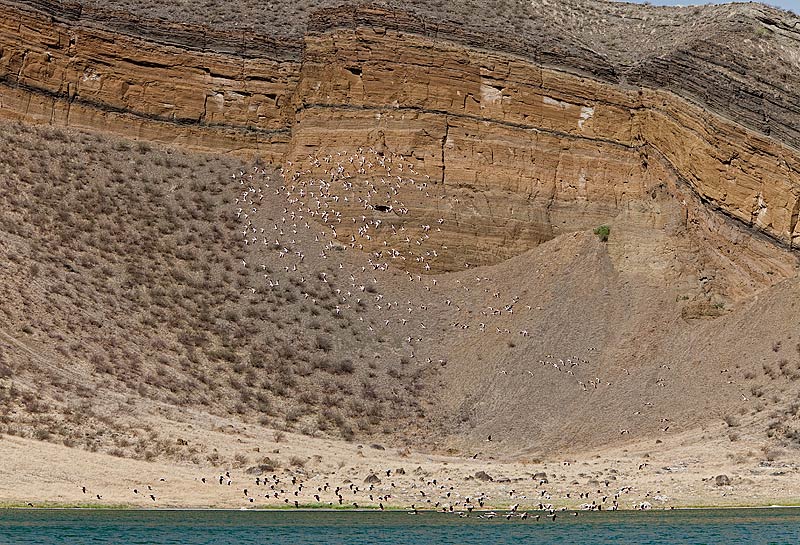
Lesser Flamingos flying over Flamingo Crater Lake with crater walls in the background, Central Island, Lake Turkana, Kenya
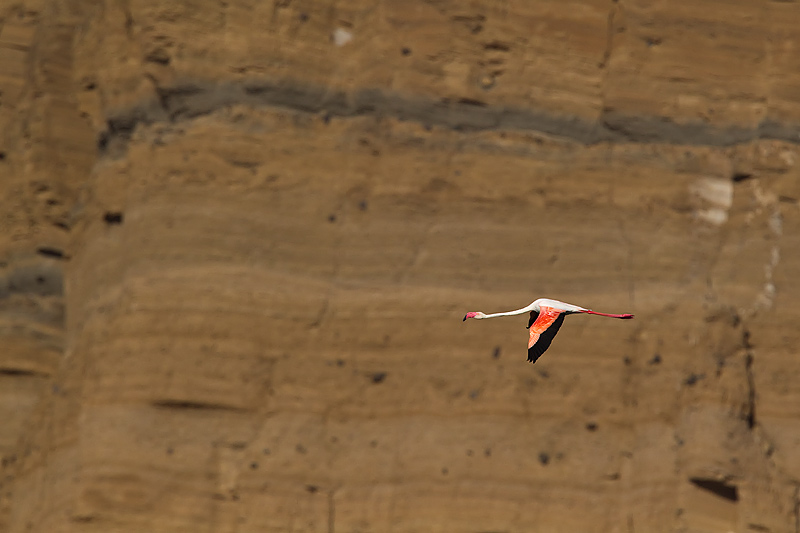
A solitary Greater Flamingo flys past the crater wall of Flamingo Crater Lake, Central Island, Lake Turkana
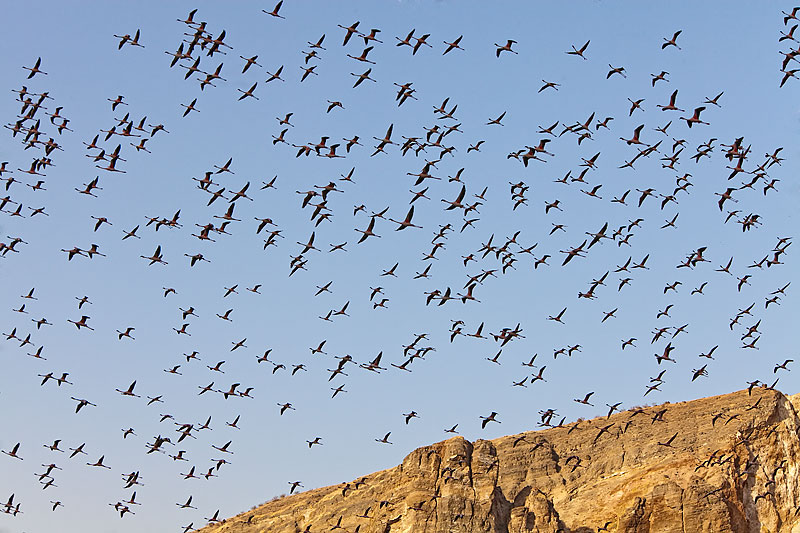
Lesser Flamingos flying over the crater walls of Flamingo Crater Lake, Central Island, Lake Turkana, Kenya
As the sun was setting over the western rim of the crater, the crater wall on the eastern side took on a golden yellow colour which in turn was reflected beautifully in a portion of the lake water below the wall. I was just about able to isolate one Flamingo individual in this golden water although I would have preferred it a little lower down in the frame.
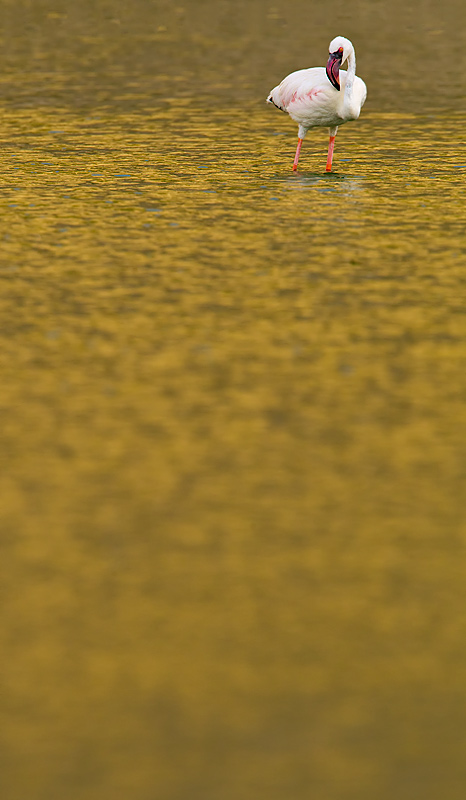
Lesser Flamingo standing in golden reflected water, Flamingo Crater Lake, Central Island, Lake Turkana, Kenya
After nightfall on my first night I lingered on the crater floor fending off an unremitting mosquito attack. I had wanted to do some night sky photography and the following images required a little thought. After the sun had set but while there was still a little light left, I set up my tripod, using a compass to point the camera north, and took an initial image of the crater walls, deliberately underexposing by two stops. I then waited two hours, to the delight of my mosquito friends, before making a second image exposed for 30 seconds at f.4 and setting a very high ISO of 3,2000. I then took a third image with an exposure of 22 minutes at f.4 and an ISO of 200. My intention being to use a layer mask in Photoshop to blend image 1 with image 2 and then secondly with image 3. I did make a fundamental error with the last image by failing to turn on the long exposure noise reduction function. This has resulted in a fair amount of noise (in the form of hot pixels) in the night sky. Perversely, these hot pixels look like stars and I kind of like the effect.
Back at the beach camp the following night I took a more straight forward 25 minute exposure. Again, I pointed the camera north making sure that a good portion of the image included the area immediately above the horizon. In the northern hemisphere, close to the equator, the North Star is visible at only a few degrees above the horizon. To create a bit more interest in the image, I included a lowly elevated rock in the sea, illuminating it briefly with a flashlight during the exposure. A very faint after glow from the setting sun imparted a slight red tint to the image. And yes, this time I remembered to turn on long exposure noise reduction.
With a midday flight connection, I needed to be off the island by 7am the next day. Lake Turkana is a large lake (Great Lake size) and when the wind blows, a sizeable swell develops with the tops of most waves breaking. The ride on the way over to the island had been uneventful with our boat running in the direction of the swell enabling it to make good time by surfing down the faces of the waves. On the way back, we had to point the nose of the boat into the swell. As our boat punched through the waves, we very quickly became soaked. The going was much slower than on the outbound trip. About three-quarters of the way to the shore of Lake Turkana I noticed that on one side of the boat, the outside panelling had worked itself loose and was coming away from central chassis. I could see water leaking into the boat. Oh dear. My initial concern was for my camera equipment but this soon changed as it became apparent just how much water we were taking in. I spent the last hour of the trip frantically bailing with a saucepan in one hand while trying to hold the loose outside panel tight against its chassis with the other.
We eventually made it to shore but I do not believe the boat would have survived another hour.
After a quick shower (badly needed despite the drenching in the boat), I sped off to the airport an hour away at Lodwar where I caught a scheduled flight back to Nairobi. Landing at Nairobi’s international airport, I was again met by my pilot, Christian. We were soon back in the air, this time heading south to Lake Natron on the border with Tanzania. We landed at a small, dusty and baking hot airstrip overlooking nearby Lake Magadi, to remove the doors on one side of the aircraft.
Back in the air, we flew initially over the southern shores of Lake Magadi…
…before crossing into Tanzanian air space as we flew towards the surreal landscape of Lake Natron. Like Lake Logipi, Lake Natron is a soda lake. Viewed from the air, large portions of the lake have the appearance of the surface of another planet. This needs a little explanation. During the formation of the lakes much of Kenya and Tanzania’s Rift Valley was covered in volcanic ash, rich in sodium carbonate. Rivers flowing into the lakes, both above and underground, coupled with rainwater runoff from the volcanic ranges that ring the lakes, transported volcanic materials and mineral salts into the lakes. The lakes have no natural runoff and when combined with searing temperatures, the dissolved salts were concentrated through evaporation leaving behind two sodium compounds: sodium bicarbonate and sodium hydroxide. When found in high concentrations, they give rise to water that is highly corrosive – enough to badly burn the flesh of a human.
Hence it may seem strange that huge numbers of Flamingos have chosen these lakes as their home. While the waters repel nearly all life forms, a few plant species have adapted to not only withstand the corrosive waters but to positively thrive in them. The most common are single cell algae known as Spirulina and it is this algae that forms the staple diet of the Lesser Flamingo.
Lake Natron fills with water for only a few weeks each year during and following the long rains in April and May (see my May 2010 blog post:http://www.wildencounters.net/weblog/2010/05/serengeti-tanzania-may-2010/ ). For the rest of the year much of the lake is composed of a brittle crust of sodium bicarbonate which covers layers of silt and mud. Lake Logipi does not have the same concentrations of sodium compounds and hence one does not see the vast expanses of sodium bicarbonate crust that characterise Lake Natron for much of the year.
The sodium compound crusts form incredible patterns of ever changing colours – the colours being influenced by the degree of water and the relative concentration of the compounds. On the trip there were the usual reds and browns and even some blues…
…but also a large amount of blacks. This is a black & white converted image but the original is close to monochromatic. It has become one of my two favourite images from the trip.
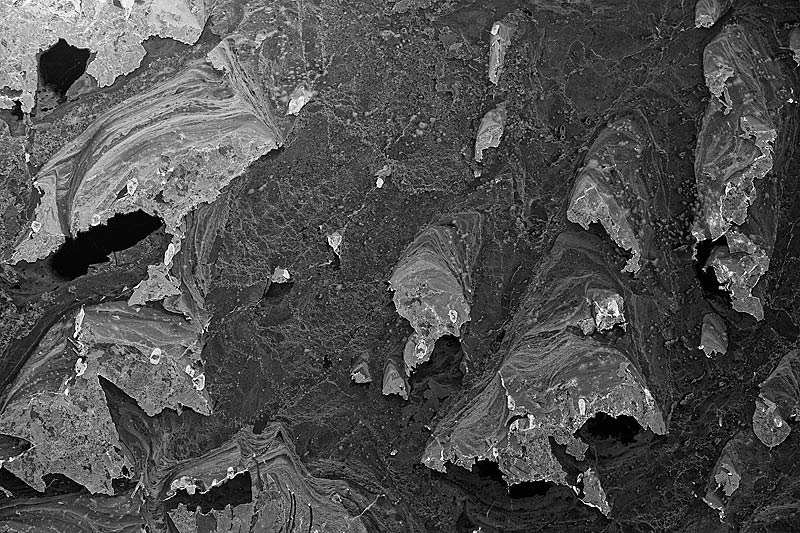
Black coloured sodium carbonate crust (converted to black & white), Lake Natron, Tanzania (aerial shot)
Although I have seen a few raised sodium mounds that comprise Flamingo nests on Lake Logipi, Lake Natron is the primary breeding ground for the Flamingos. The breeding takes place far from shore on “islands” of thin sodium crust. These areas have deliberately been chosen such that they are unreachable by all non-avian predators including humans. The image below shows the circular array of nests used by the Flamingos but which have since been abandoned.
When the Flamingo chicks fledge, the leave on mass, accompanied by a few adults, to other areas of the lake, closer to the shore. This short migration was wonderfully captured in an incredible Disney Nature documentary released last year, “Crimson Wing”. If you have not seen it, I would strongly urge you to buy the DVD. It is one of the greatest wildlife documentaries ever made with breathtaking cinematography.
I knew that my Natron flight was likely to coincide roughly with this event and while I did not get to witness the main migration, I was thrilled to find large concentrations of the juvenile Flamingos on both the sodium carbonate crusts as well as on the shallow water mud and silt flats closer to shore.
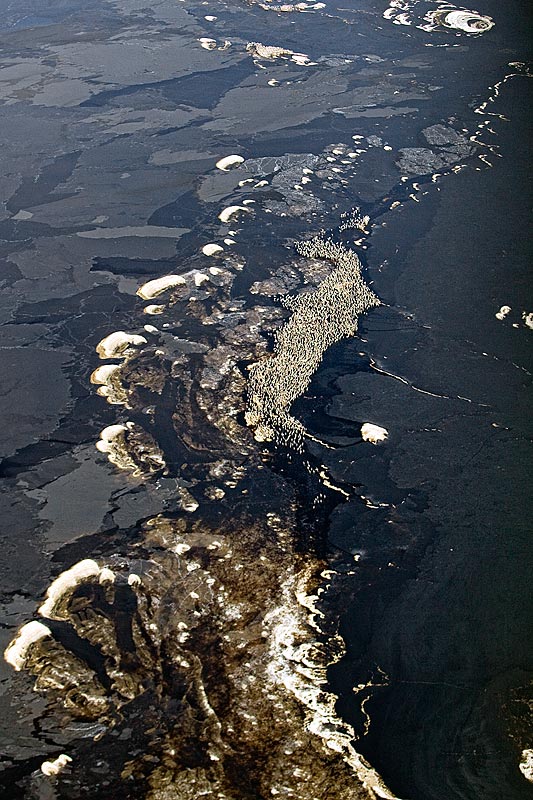
Juvenile Lesser Flamingos grouped together on a brittle crust of sodium bicarbonate, Lake Natron, Tanzania
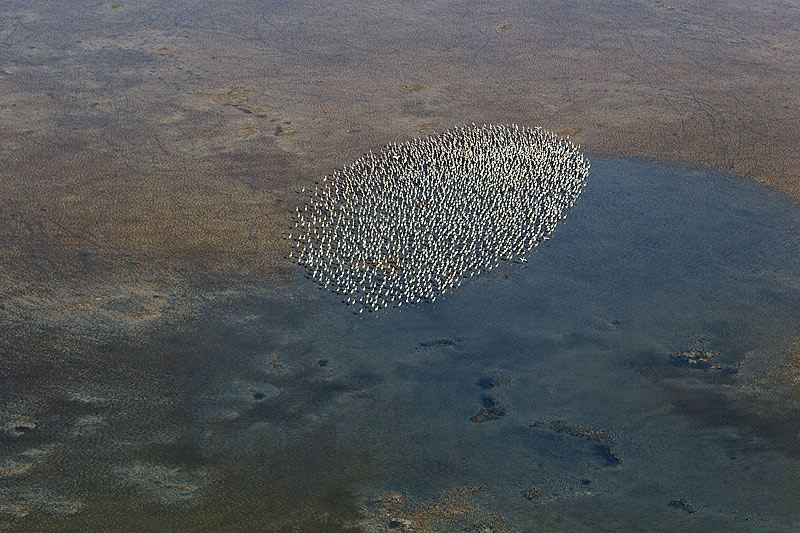
Juvenile Lesser Flamingos grouped together on the shallow water mud and silt flats of Lake Natron, Tanzania, (aerial shot)
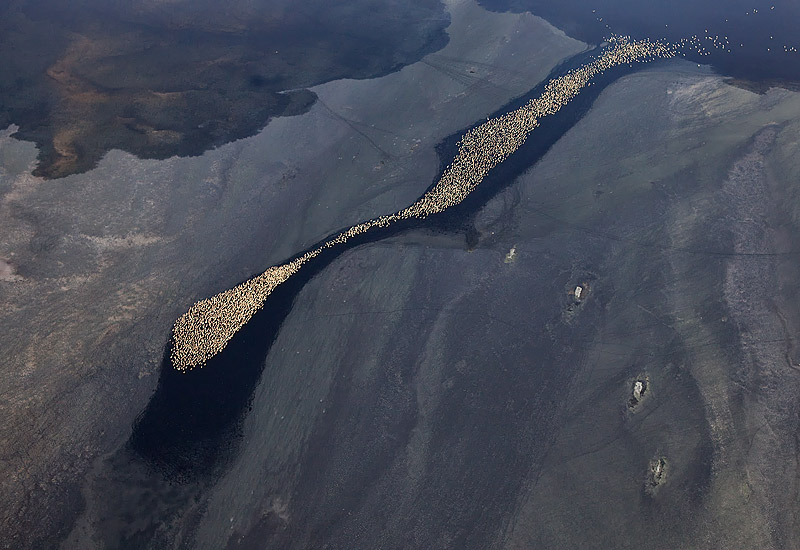
Juvenile Lesser Flamingos standing in shallow water between brittle crusts of sodium bicarbonate, Lake Natron, Tanzania (aerial shot)
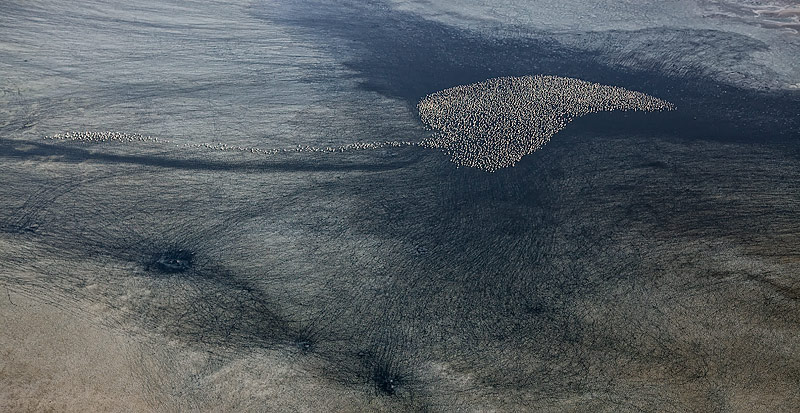
Lesser Flamingos grouped together on shallow-water mud and silt flats, in the shape of a devil's tail, aerial shot, Lake Natron, Tanzania (aerial shot)
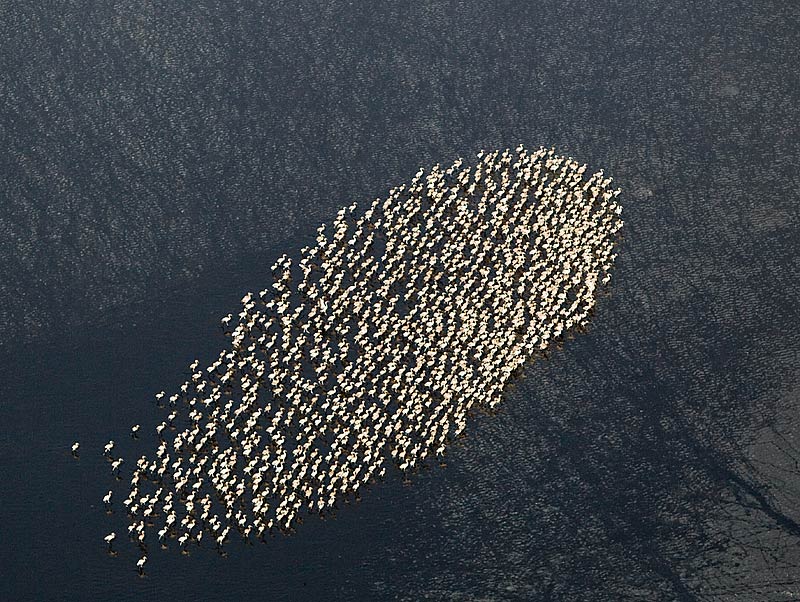
Aerial shot of juvenile Lesser Flamingo group on the shallow water mud and silt flats of Lake Natron, Tanzania
As we made a final pass alongside a meandering group of juveniles, I took a last few frames, shooting into the sun and underexposing. The original image below is another one that is largely monochromatic which I have rendered entirely monochromatic by converting to black and white. It is my favourite image from the trip.
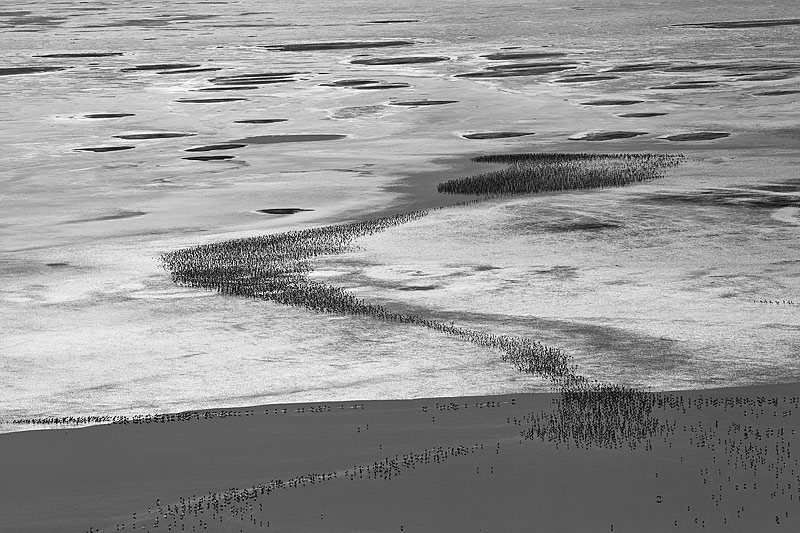
Juvenile Flamingos grouped together on the shallow waters and sodium bicarbonate crust on Lake Natron, Tanzania (aerial-shot)
And so after an all too brief 45 minutes it was time to head back to Nairobi. Every time I complete an aerial photography trip to East Africa’s soda lakes, I come away with not only a complete sense of wonder and awe, but also a recognition of just how privileged I am to be one of the very few people to have witnessed these surreal landscapes and the Flamingos that make them their homes.
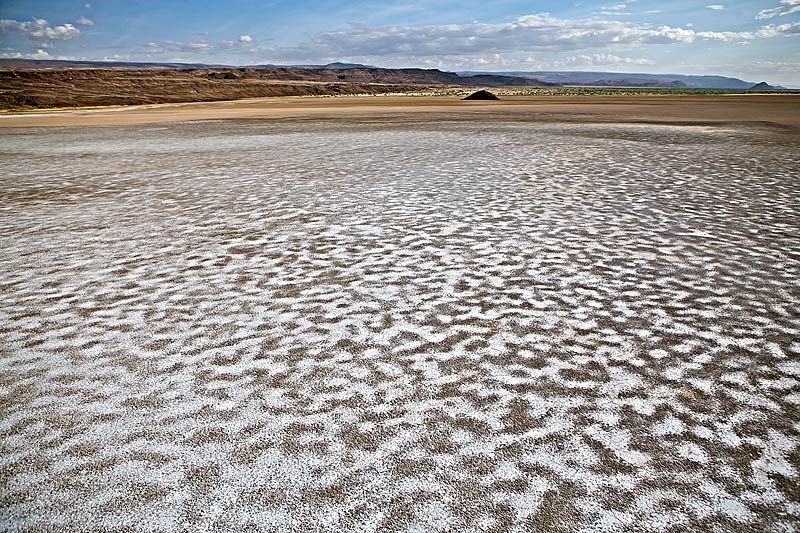
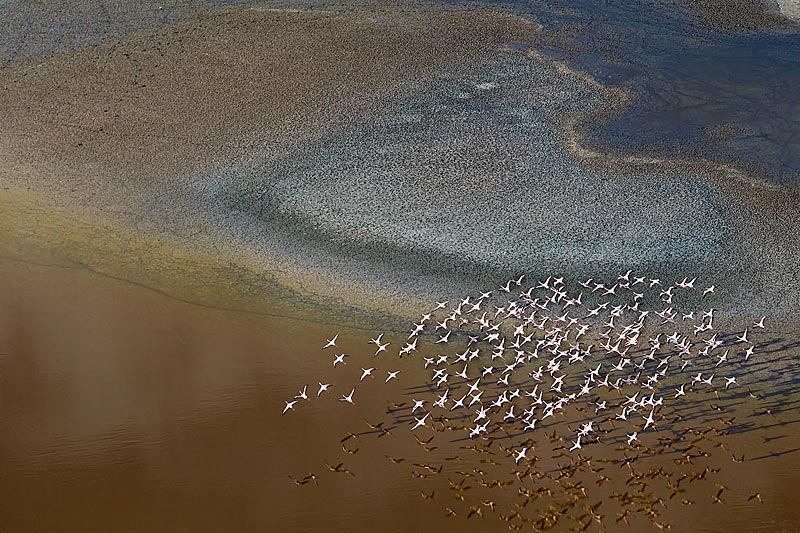
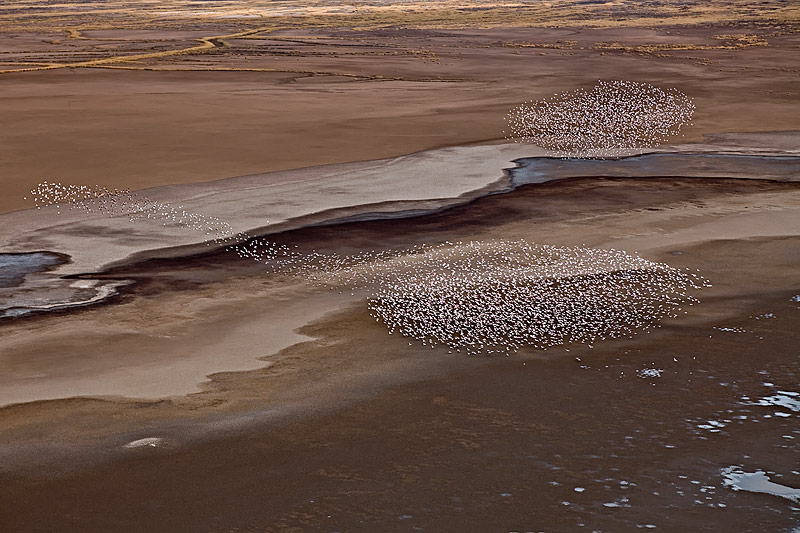
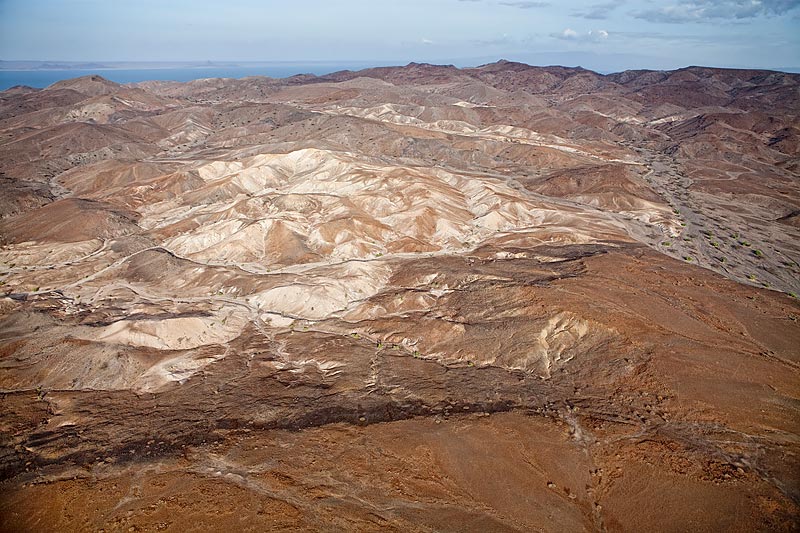
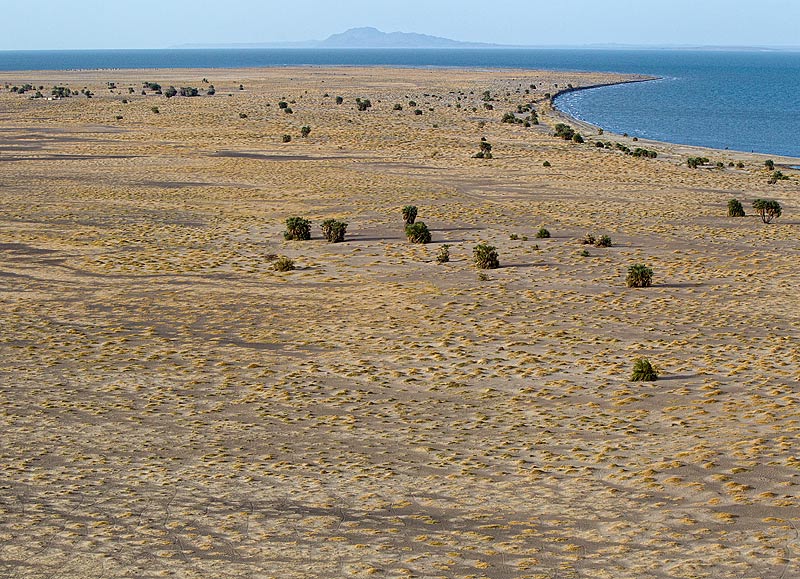
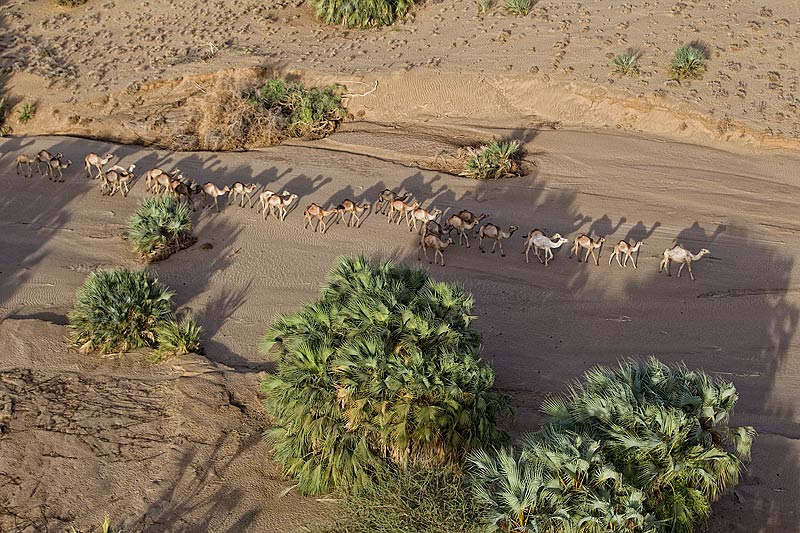
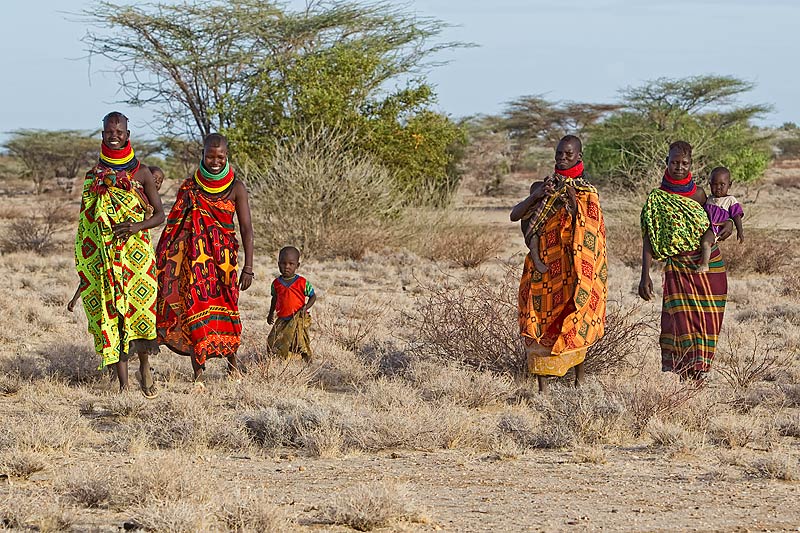
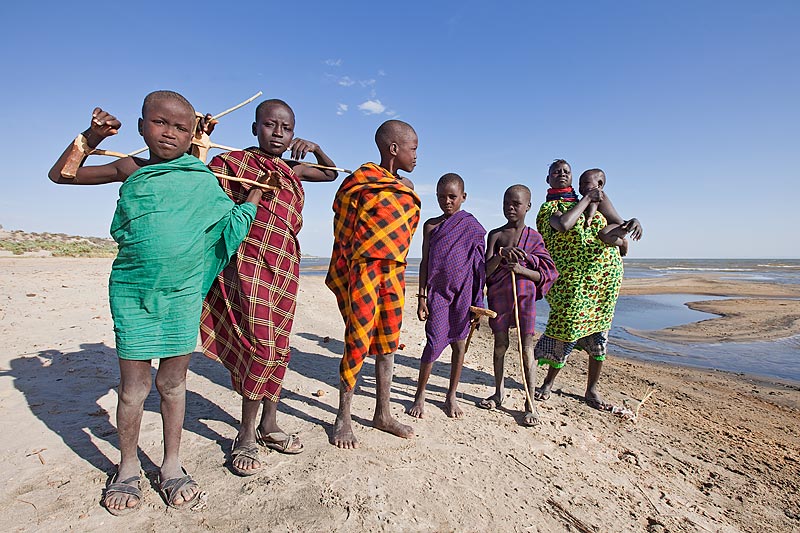

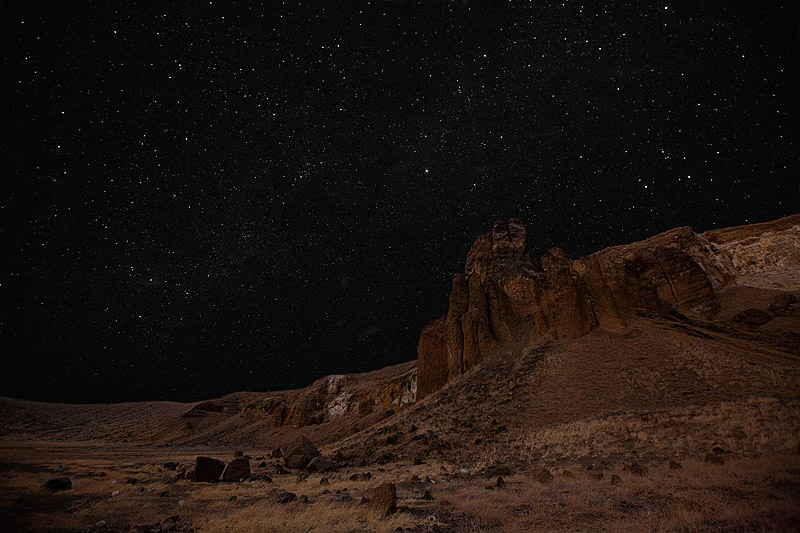
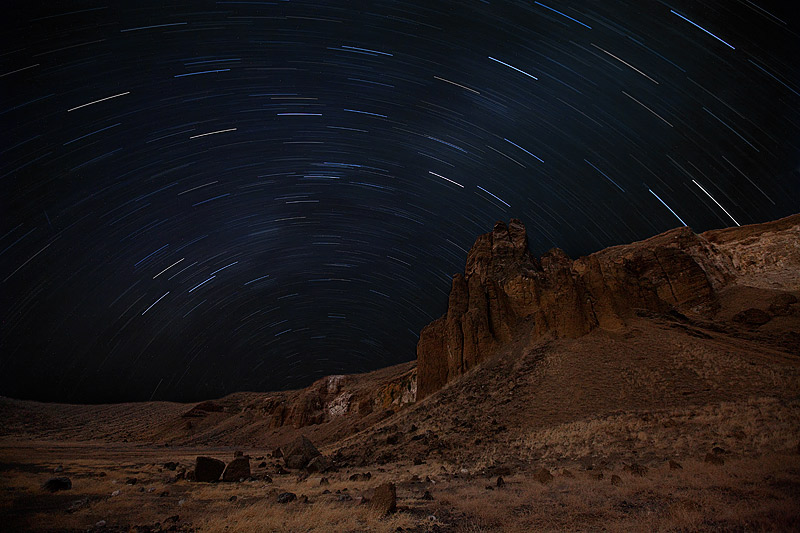
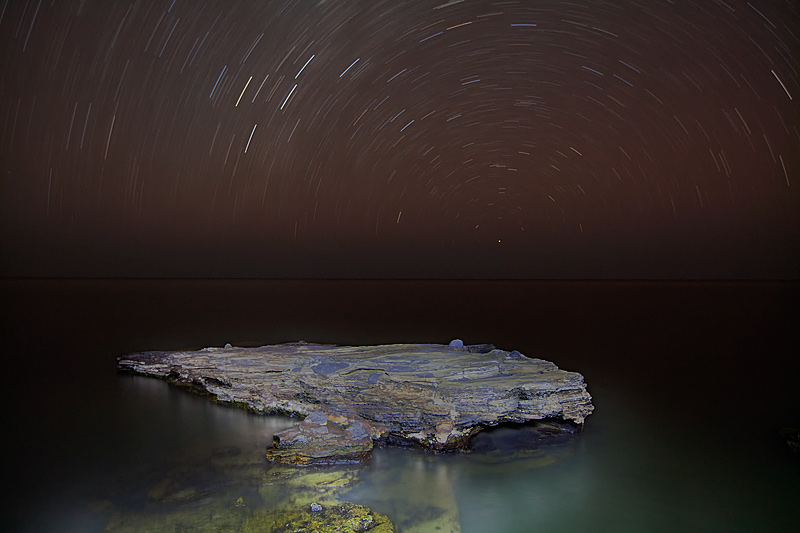
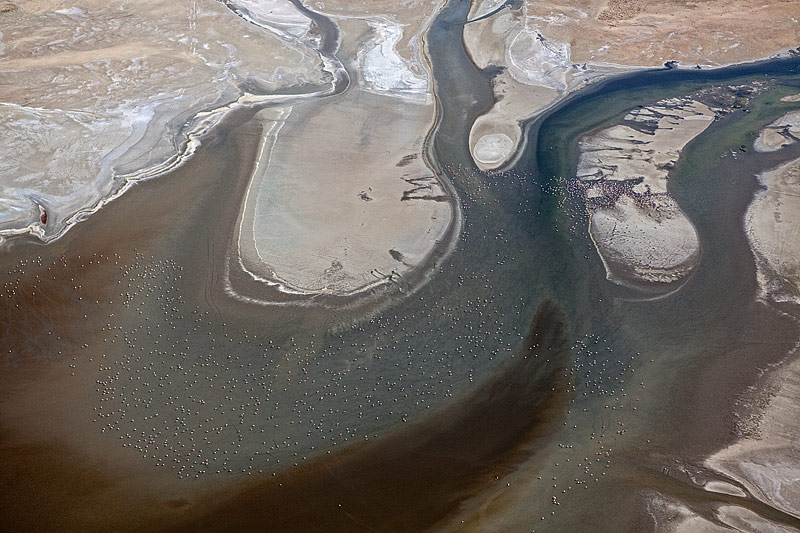
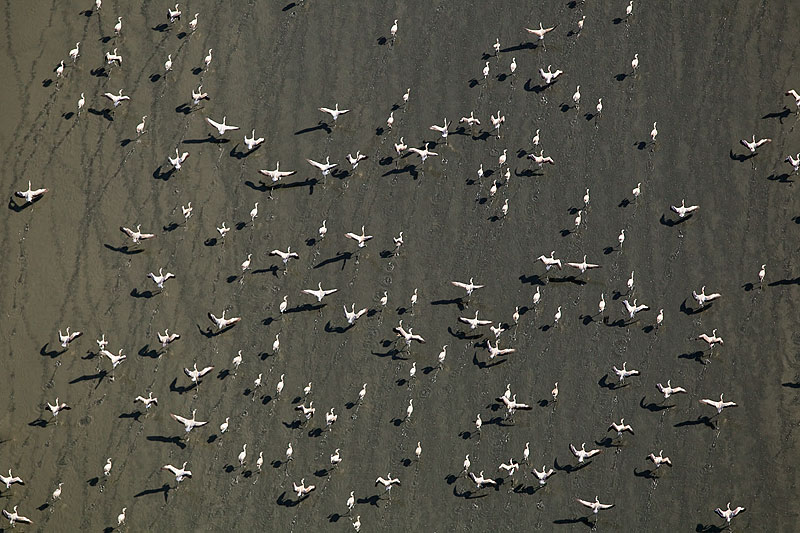
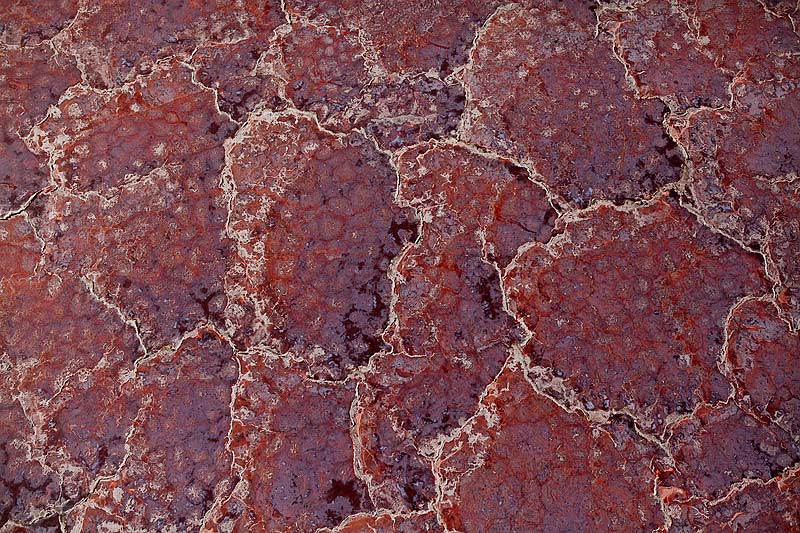
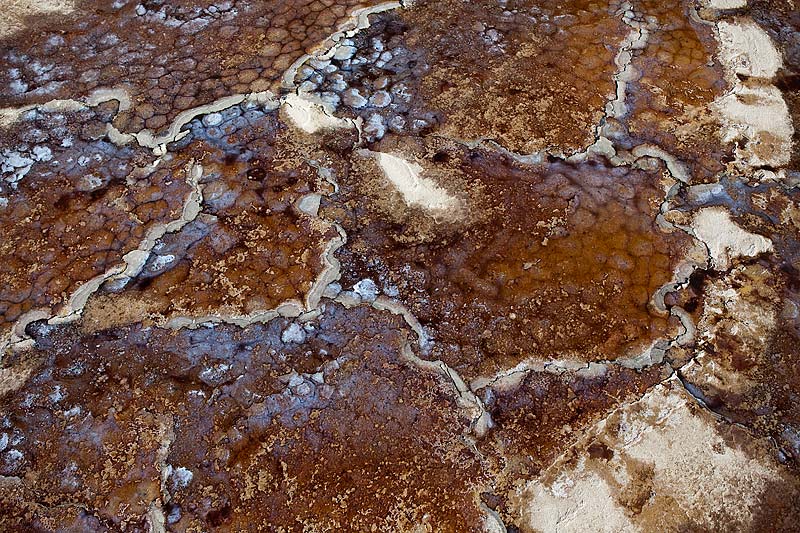
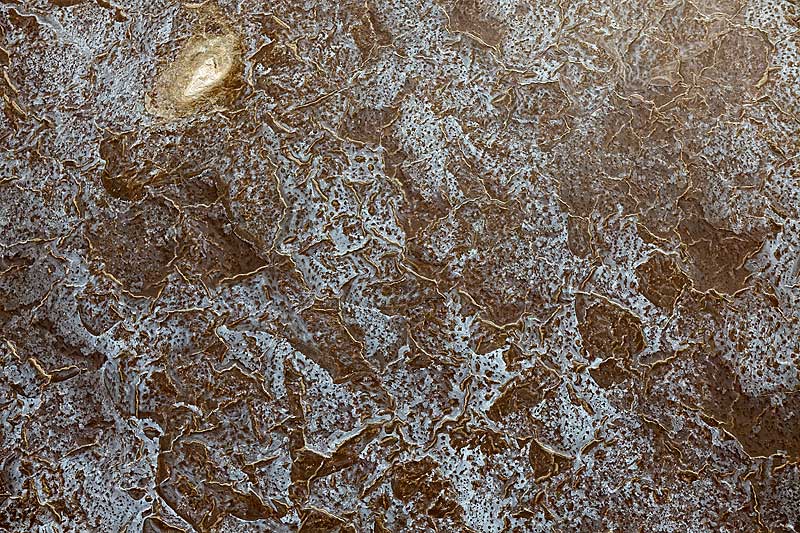
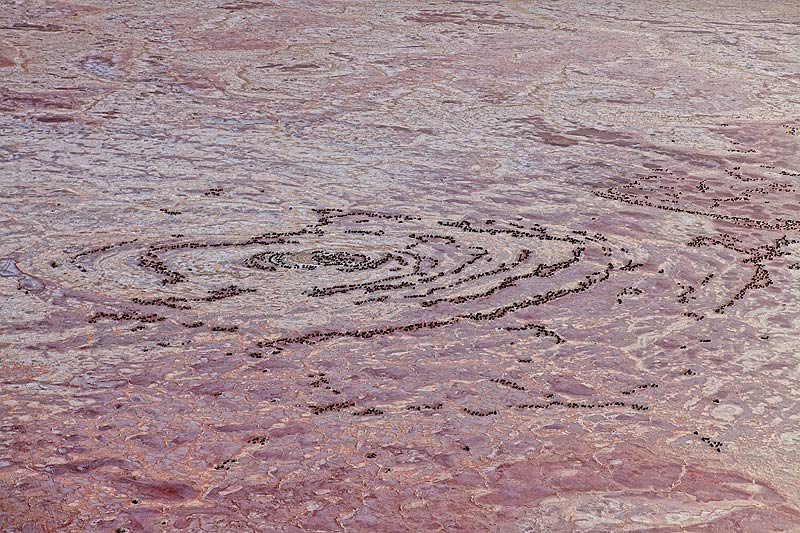
M.A. Longshore
February 26, 2011
Thank you.
Your beautiful photography, always filled with grace, I expect. I am always amazed with your adventures, and how you come through safely. I always learn something. I didn’t know about soda lakes, & now I do. I had never heard of Lakes Natron, Logipi,nor Turkana. I look forward to the next adventure.
DJ
February 26, 2011
Fantastic photos. Unbelievably good ariel shots
Frances
February 26, 2011
Hi Paul, Thanks again for sharing your photos. Our kids particularly liked the ones of the goat herding tribe.
Christian Strebel
February 26, 2011
Paul;
well done!! Fantastic shots.
Loved your comments about the mozies!! (you forgot to mention the sand flees….)
Hope to see you soon.
Christian
brenda
February 26, 2011
Hi Paul, your trips never fail to thrill you, and you never fail to thrill us!!! Your trips and photography are both surreal and fresh air for people living in HK! Thx for sharing!
ST
February 26, 2011
OK…….I am breathless…awesome!!!
Arthur Morris
February 26, 2011
The patterns are amazing. You have inspired me to get into the air somewhere somehow…. See you in Midway. I will be in touch soon about getting together in Japan.
Gordon Lindsay
February 27, 2011
Fantastic areial photos, great adventure commentary certainly keeps me hooked waiting for the next episode, thanks for sharing Paul.
Tim
February 27, 2011
stunning…. i am so envious
JAMES MENJO
February 28, 2011
I am wandering we have wild camels in kenya
Paul Mckenzie
February 28, 2011
Hi James,
I have seen many camels from the air in the desert regions of Northern Kenya. Many of these are miles from any humans or human settlement. While possible, I would be surprised if the owners let them wander unattended for such long distances. They look wild to me.
Nilla Stennes
March 1, 2011
How privileged WE are to be among the lucky few to view your fantastic photos of places that we didn’t even know exist.
Thank you very much for sharing!
Nilla Stennes
richard Vernick
March 3, 2011
Barbra and I always look forward to you pics. Always fresh and different. Glad we ran into you on Midway.
Richie and Barbra Vernick
Ben Hu
March 4, 2011
Classic…. espacilly those star track pics…
Willem Hesselink
April 14, 2011
Thank you for sharing the pics. Want to go back there once more, after flying there a few months in 2003. You brought back some fantastic memories to me.
geri bauer
April 22, 2011
geri bauer i have been traveling to the area and photographing for over 20 years and always with Jens Hessel a wonderful pilot out of Nairobi, we both understand how important the pilot is. Jens is not well any longer and I will doing my first trip north without him. I will be looking for the Rendille tribe and sending a driver two days ahead. I am looking forward to thinking of your images from the area as I am up there looking for the perfect image and I must say your images are the best I have ever seen from the area. continue to do this wonderful work
I can only hope for the concentration of flamingos in June.